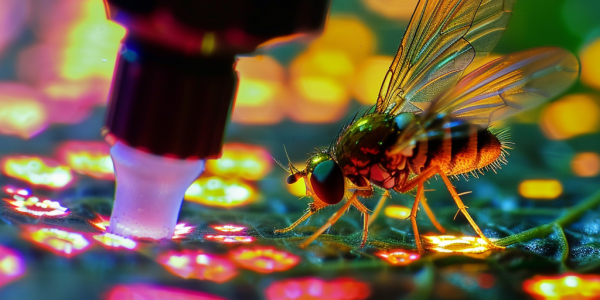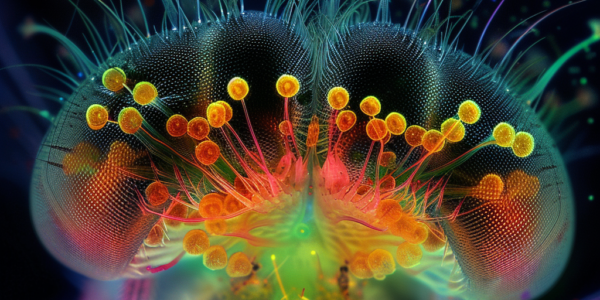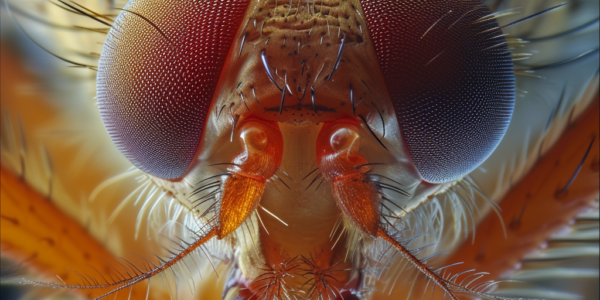Study Reveals Protein Role in Aging-Related Cognitive Decline
A recent study published in Nature Communications reveals that protein buildup in aging fruit flies parallels human memory loss. Researchers found that filamentous actin (F-actin) accumulation impairs brain function, but genetic modifications can prevent this buildup, extending lifespan by 30%. This research offers insights into cognitive decline and potential interventions for enhancing cognitive health in aging populations.
Advancements in Neuroscience: New Insights from Drosophila Research
In the digital age, privacy is crucial for users on online platforms. Organizations use essential cookies for website functionality, while optional cookies enhance advertising and personalization. Users can manage cookie preferences to protect their data. Additionally, recent neuroscience advancements highlight the fruit fly, Drosophila melanogaster, in a groundbreaking study that identifies 8,453 distinct cell types, refining our understanding of neuronal diversity and connectivity.
Harvard study reveals inner workings of fruit fly brain compass
A recent study at Harvard Medical School has revealed how the brain’s internal compass and steering regions in fruit flies collaborate to guide navigation and make real-time course corrections. The research provides valuable insights into how the internal compass directly drives behavior, shedding light on the complex process. By examining the brains of fruit flies deliberately thrown off course, researchers identified three distinct groups of neurons facilitating communication between the compass and steering regions, assisting the flies in correcting their course. The study’s implications extend beyond fruit flies and could serve as a foundational framework for future research on how brain signals translate into actions in more complex species, including humans.
The Evolution of Chemosensory Tissues in Drosophilids
Discover the latest study on the evolution of chemosensory tissues and cells in Drosophila species published in Nature Communications. The research delves into the variability of chemosensory tissues among different species and the underlying genetic and cellular mechanisms, providing new insights into understanding evolutionary changes in chemosensory tissues at both global and individual gene levels.




